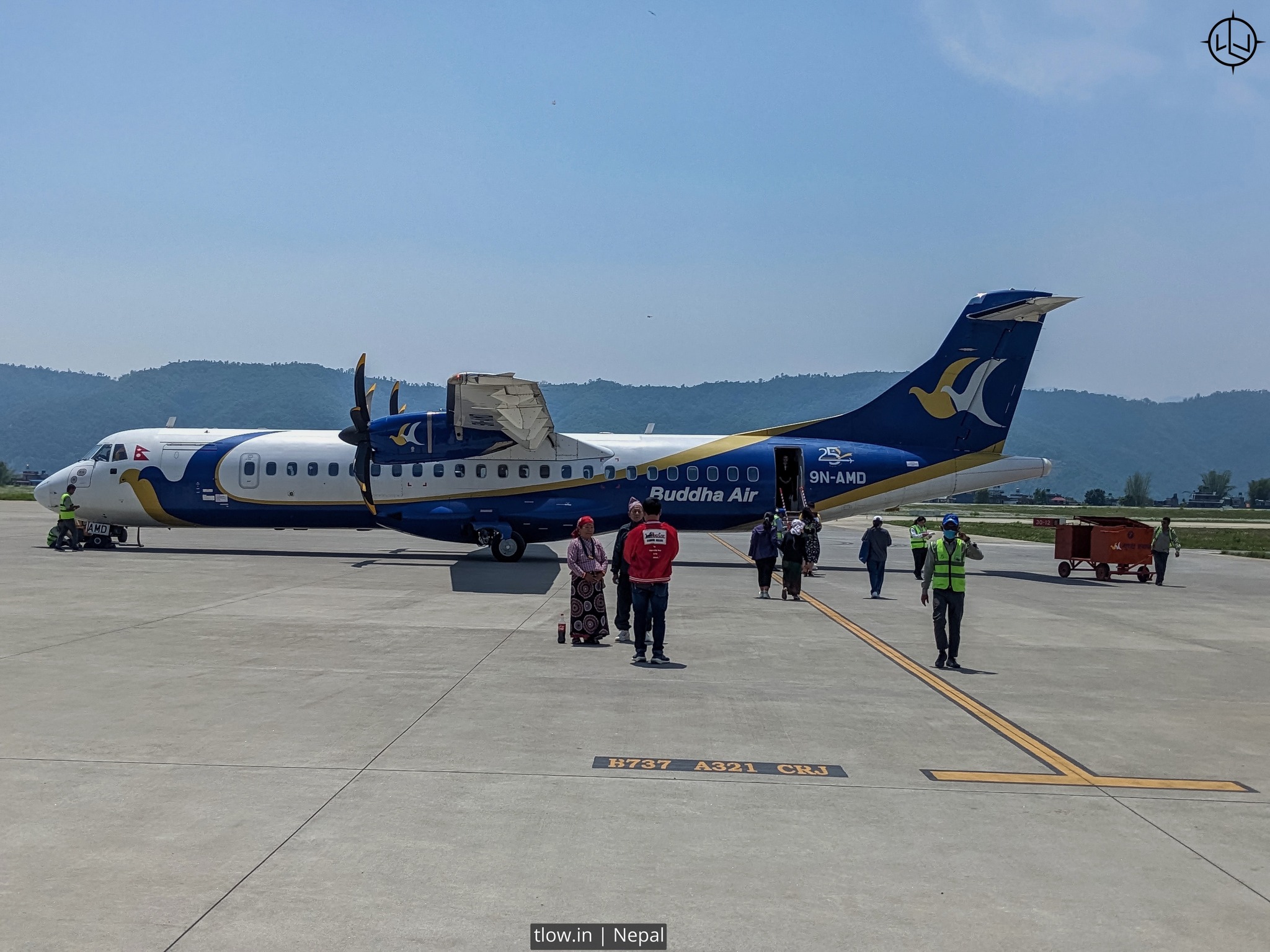
12 important care tips to take while travelling with a cancer patient by flight
Traveling by flight can be a challenge for cancer patients, but with proper planning and precautions, it is possible to make the journey more comfortable. When traveling with a cancer patient by flight, there are certain care measures you should consider. Here are some important tips:
Table of Contents
Dos while travelling by flight:
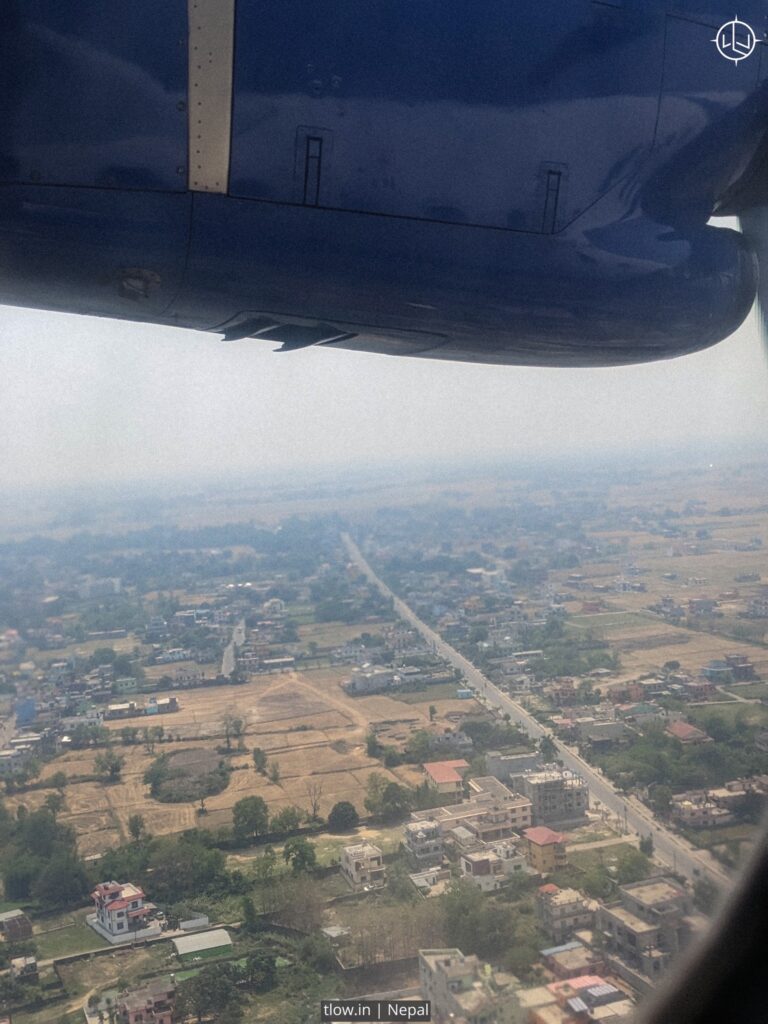
1. Consult with the Doctor:
Before making any travel plans, consult the patient’s oncologist or healthcare provider. They can provide specific advice based on the patient’s condition, treatment schedule, and any precautions that need to be taken.
Before making any travel plans, consult with your doctor and inform them about your travel intentions. They can assess your health condition and provide advice specific to your needs.
2. Plan Ahead:
Make all necessary arrangements in advance. This includes booking flights with suitable timings, allowing ample time for check-in and security procedures, and organizing any required assistance at the airport.
Consider the length of the flight and any layovers involved. It may be best to choose direct flights or flights with shorter durations to minimize stress and fatigue.
3. Inform the Airline:
Contact the airline prior to your flight to inform them about the passenger’s condition and any special requirements they may have. Airlines can provide assistance and make necessary accommodations, such as wheelchair assistance or pre-boarding.
Sitting for long periods can increase the risk of blood clots. Get up and move around the cabin whenever possible. Perform simple stretching exercises in your seat to improve circulation.
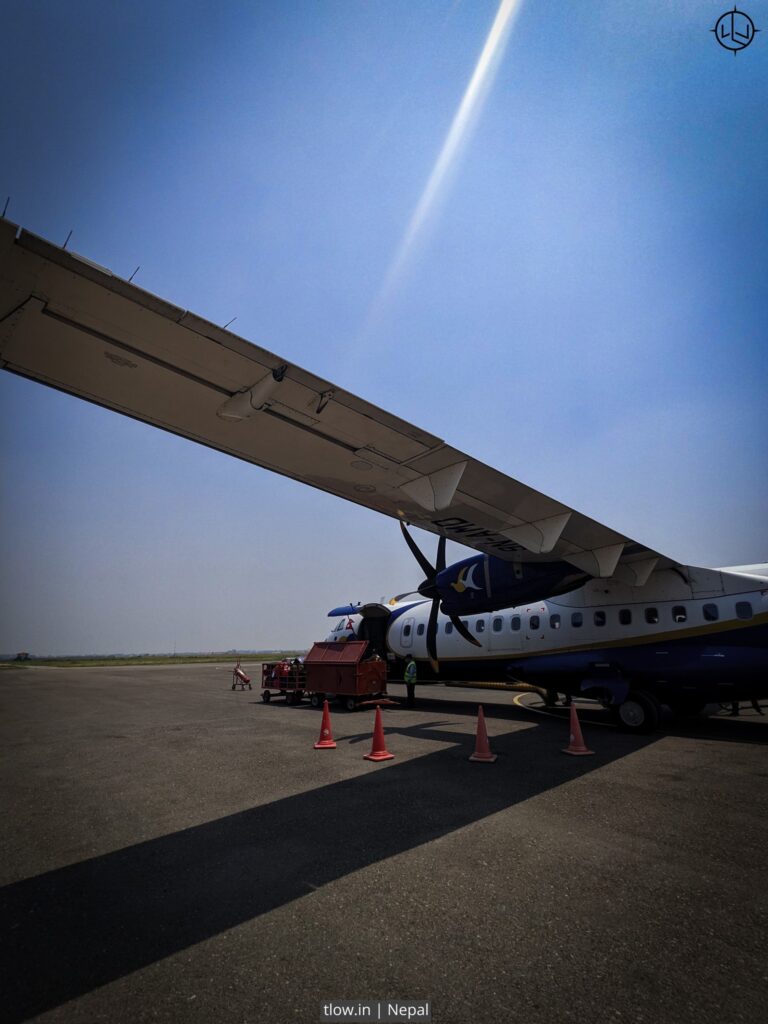
4. Arrange for a Wheelchair or Mobility Aid:
Request a wheelchair or mobility aid if the patient experiences mobility challenges, fatigue, or if the distance from the gate to the flight is long. This will reduce physical strain on the patient and ensure a smoother travel experience.
Airlines provide special assistance services for passengers with medical conditions. Make sure to inform the airline about your condition when booking your flight. They can provide assistance with wheelchair service, priority boarding, and other amenities.
5. Carry Medications and Medical Information:
Pack sufficient medications for the duration of the trip, including extra doses in case of potential delays. Keep all medications in carry-on luggage. Carry a detailed list of the patient’s medical history, prescriptions, and doctor’s contact information.
Carry copies of your medical records, including information about your diagnosis, treatment plan, medications, and any emergency contacts. This information can be useful in case of any medical emergencies or if you need to show proof of necessary medications.
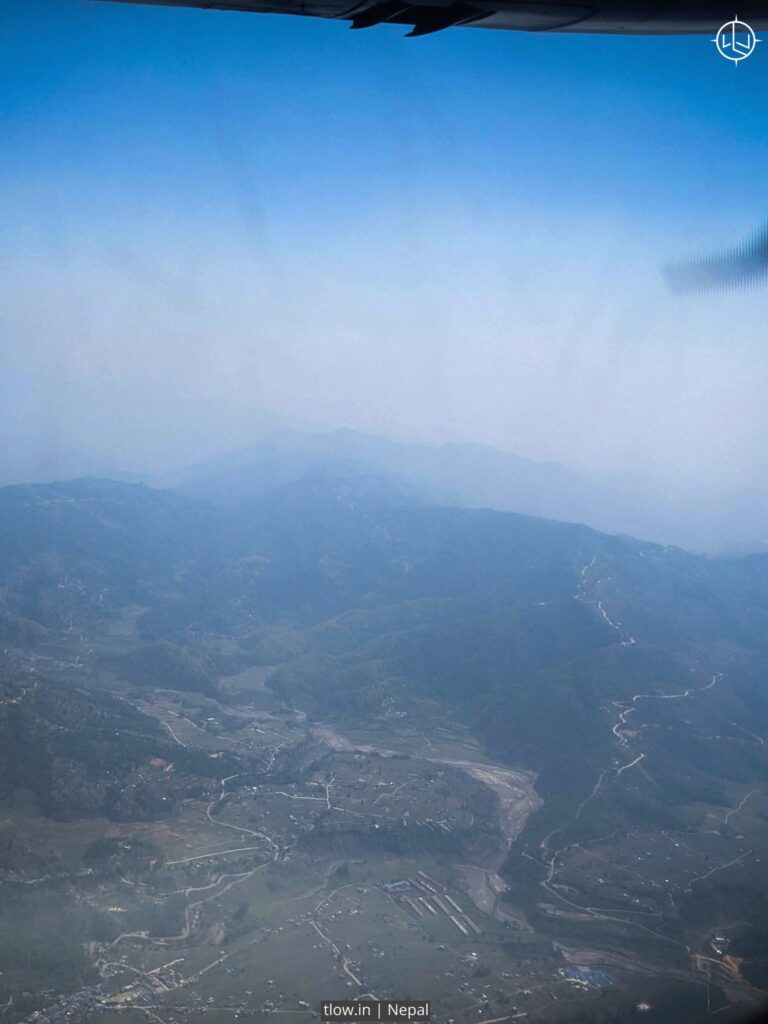
6. Stay Hydrated:
Encourage the patient to drink plenty of water before and during the flight to stay hydrated. Airplane cabins can be dehydrating, so it’s important to have fluids readily available. Airplane cabins can be dry, which may cause dehydration. Drink plenty of water before, during, and after the flight to stay hydrated. Avoid alcohol and caffeine, as they can contribute to dehydration.
7. Wear Comfortable Clothing:
Dress the patient in loose-fitting, comfortable attire that allows for easy movement and adapts to changing temperatures on the plane. Layering clothing is advisable.
Choose loose-fitting, comfortable clothing and wear layers that can be adjusted according to the cabin temperature. Avoid wearing tight-fitting clothes or accessories that may restrict circulation.
8. Pack Essentials:
Carry essential items such as snacks, tissues, wet wipes, hand sanitizers, and any necessary comfort aids, such as pillows or cushions. Keep your medications in your carry-on bag to ensure easy access during the flight. Pack extra doses in case of delays or lost luggage. Additionally, carry any other necessary medical supplies, such as syringes or medical equipment, in your carry-on bag.
Don’ts:
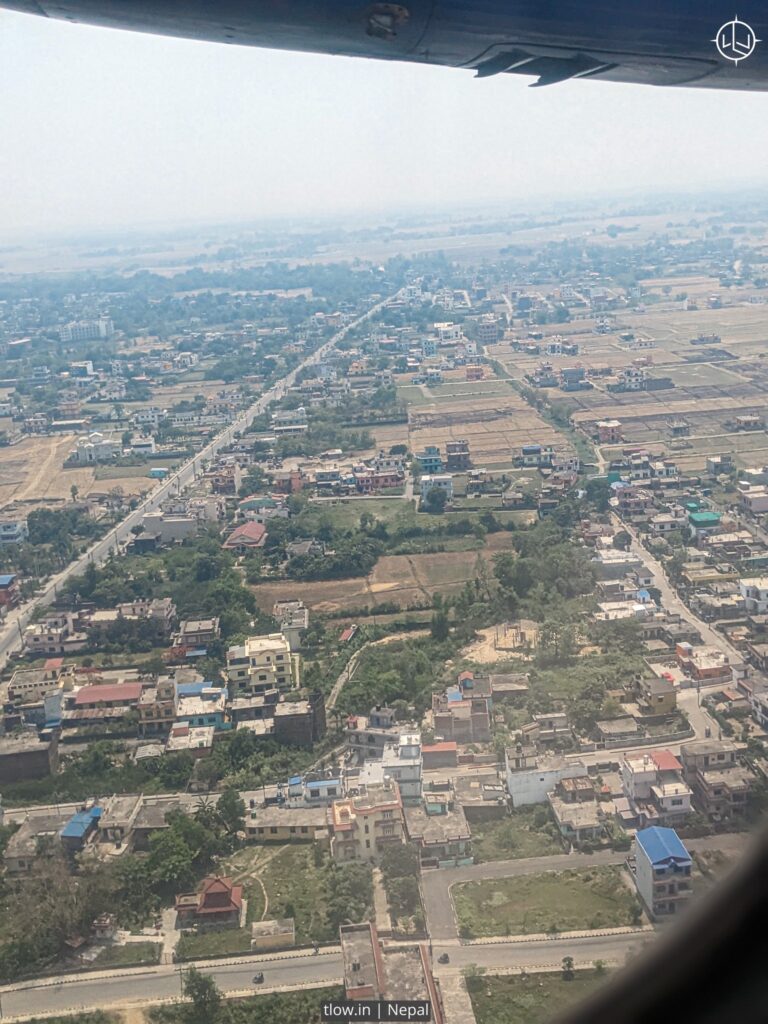
1. Avoid Busy Airports:
If possible, choose flights with less crowded airports, which can reduce the patient’s exposure to infections. Smaller airports may be less crowded and more manageable for travel.
It’s a good idea to have travel insurance that covers any unforeseen medical emergencies or trip cancellations related to your condition. Read the policy carefully to ensure it meets your specific needs.
2. Avoid Exposure to Illness:
Encourage the patient and yourself to practice good hygiene, including frequent handwashing and using hand sanitizers. Avoid touching the face and minimize contact with surfaces on the plane. If any fellow passengers appear ill, inform the flight attendants or consider asking for a seat change.
Cancer patients often have weakened immune systems. Take precautions to protect yourself from germs by washing your hands frequently, using hand sanitizer, and avoiding contact with sick individuals.
3. Don’t Rely Solely on Aircraft Food:
While some airlines provide special meal options, it’s advisable to pack your own snacks and meals that align with the patient’s dietary restrictions or preferences. This ensures they have access to safe and suitable food during the journey.
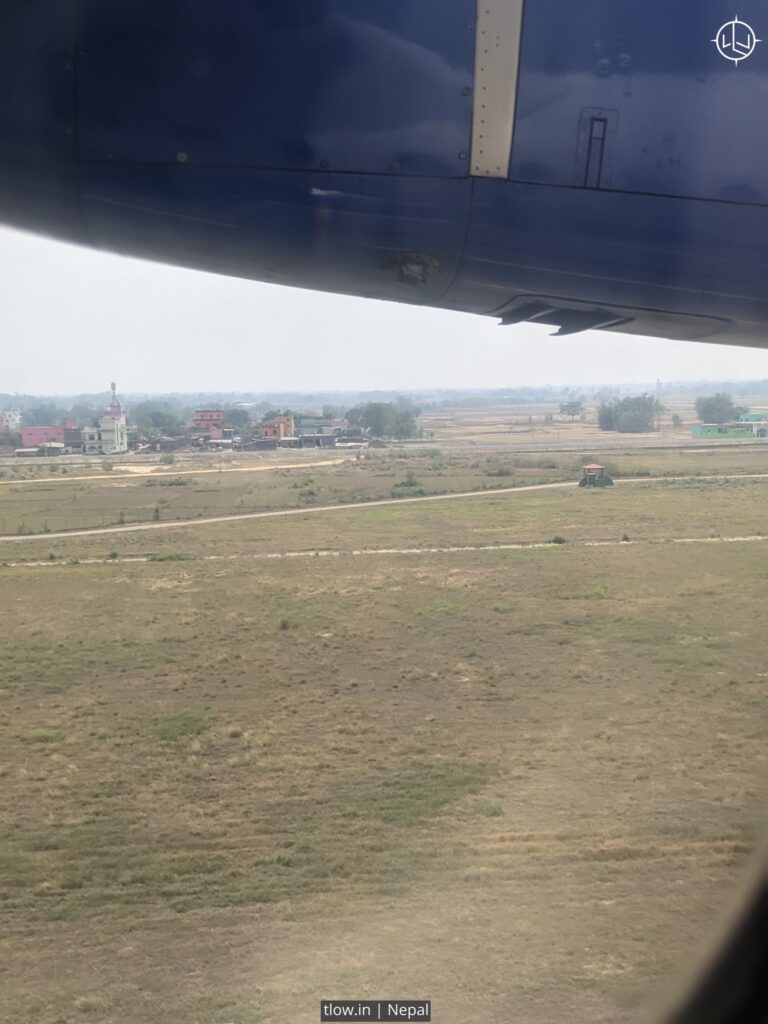
4. Avoid Stress and Overexertion:
Minimize physical and mental stress during the flight. Encourage the patient to rest comfortably and engage in activities that help them relax and pass the time.
It’s crucial to consult with the patient’s doctor before undertaking any air travel. They will provide specific advice based on the patient’s condition and needs. Prioritize the patient’s comfort, safety, and well-being throughout the flight journey.
Remember to always prioritize your health and well-being when traveling as a cancer patient. Discuss any concerns or travel plans with your medical team to ensure that you are taking necessary precautions and receiving the appropriate advice for your individual situation.











